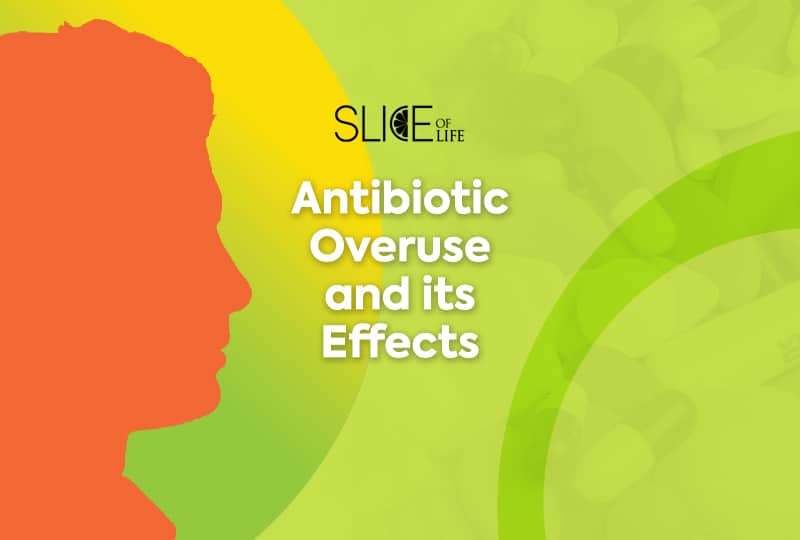It’s not an unusual impulse that people have when they develop a bad cold or the flu to run off to the doctor and try to get them to write a prescription for an antibiotic. Yet often patients are told by their primary care professionals that antibiotics won’t help. Why is that? The Center for Disease Control (CDC) details the proper and improper use of antibiotics throughout their “Antibiotic Use” section on their site.
Antibiotics are medications that fight bacterial infections in humans and animals by killing bacteria or making it difficult for the bacteria to grow and multiply. Antibiotics have been approved to treat only certain bacterial infections, such as strep throat, whooping cough or urinary tract infections. They are also employed to treat life-threatening conditions related to bacteria, such as sepsis, an extreme response to infection in the body. Antibiotics aren’t always needed in some common bacterial infections, such as sinus infections or ear infections. Consult your primary healthcare professional for a specialized treatment plan.
Antibiotics, by definition, do not work on viruses. If you have a common cold, runny nose, sore throat that is not strep, the flu or most cases of chest cold (bronchitis), antibiotics are not going to treat that as asserted by the CDC. Antibiotics are a medication type that can be overused, and it is important to use discernment to decide when they are indeed appropriate. Like any medication, there are potential negative side effects (e.g., rash, nausea, diarrhea and even some life-threatening reactions). Alert your doctor if you develop any side effects while taking antibiotics.
Antibiotic Resistance
Harmful germs are resourceful little things, adapting to harsh environments and coming back stronger. That is why misuse of antibiotics is such an issue, so much so that the CDC lists Antibiotic Resistance as one of the greatest public health challenges of our time. Antibiotic resistance occurs when germs no longer respond to the antibiotics created to kill them. For people with an infection resistant to antibiotics, it can be difficult or even impossible to treat. This can result in longer stays in the hospital and more trips to the doctor – not to mention expensive and harsh alternatives.
Every time an antibiotic is taken, it can contribute to antibiotic resistance. This is due to the fact that every time germs are exposed to antibiotics and those germs spread, the more likely those germs develop mechanisms to resist. When antibiotics are needed, their benefits tend to outweigh other potential risks. Yes, the misuse and overuse of these drugs threaten their usefulness. The CDC estimates roughly 47 million antibiotic courses a year are prescribed for infections that don’t require antibiotics, such as colds and cases of flu, in U.S. doctors’ offices and emergency rooms.
To protect yourself and others from antibiotic resistance, prevention is a great tool. Of course, it is impossible to always prevent all types of infection, but practicing good hygiene can go a long way. Wash your hands, cover your coughs and stay home when you are sick as much as possible. If your doctor does prescribe an antibiotic in an appropriate scenario, take the medicine exactly as prescribed for the exact length of time as prescribed. Don’t share your medicine, take antibiotics prescribed for someone else or save meds for later.
Slice of LIFE is an invitation to and extension of everything happening at Life University. Whether you are a current student, a potential freshman or a proud alum, Slice of LIFE can help keep you connected to your academic community. Know of a compelling Life U story to be shared, such as a riveting project, innovative group or something similar? Let us know by emailing Marketing@life.edu.


Social Media